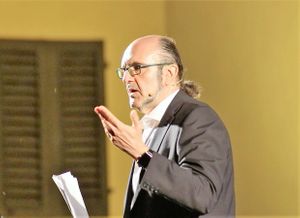The more familiar one becomes with a composer, the harder it is to write about them. This difficulty has two diametrically opposed causes: the first is that there is nothing left to debate, because everything that could be said about their work has already been said; the second, by contrast, is that the composer keeps revealing new facets of personality and creative sensitivity that make it hard for anyone attempting to disentangle them.
Milanese composer and philosopher Carlo Alessandro Landini clearly belongs to the second category, because the overall complexity of his output — due to the interweavings, the investigations, and the applied methods he subjects his music to — puts him in a position that compels critics and scholars, me included (I have often and gladly written about him), to undertake further inquiry. That extra effort, fortunately for us, becomes a form of valuable personal enrichment. This is the case with the current two‑CD set released by Tactus, a reissue of recordings made by Milanese pianist Carlo Levi Minzi: Landini’s Piano Sonata No. 1 (recorded on 22 June 1981) and Piano Sonata No. 2 (recorded on 25 November 1997), originally issued at the time on the Rugginenti label.

So we stand at the beginning of the composer’s rugged and wondrous sonata path, a trajectory that over time has produced five more sonatas (the most recent, the eighth, dates from 2021). I do not think I err in asserting that it is precisely through this musical genre that Landini has been able to refine and concentrate, with absolute intensity and at least for what concerns his artistic conviction, the ultimate point of his sonic creativity. It is no coincidence that pianist and musicologist Antonietta Incardona devoted an illuminating study to these Sonatas — Il tempo della musica. Le Sonate per pianoforte di Carlo Alessandro Landini — published by Rugginenti as the fruit of her thesis.
A “supreme point” can be called such when, from the very first instance of a genre destined to endure and expand over the years, clarity, foresight, and creative “illumination” (I will return to that last term in my analysis) are already achieved and carved out, just as happens in Landini’s piano Sonata. Even when the greats set out on a compositional path marked by experimentation — an exploratory attempt to hone, polish, and work tirelessly with the burin — in his piano Sonatas the Milanese composer seems to have found his Heimat from the outset, a word meant not only in the broad sense of “homeland” but, following the German nuance of Heim, as “one’s own home,” and ideally evoking the image of a “grand house.”
For Landini, then, the piano Sonata is the “grand house” in which to recognize oneself completely, the place to which, sooner or later, as Novalis’ aphorism warns, “we all return.” This idea—sacrosanct for German Romanticism because of its symbolic power—is embraced by the composer and masterfully applied to the piano from Sonata No. 1 onward, where he implants from the start a DNA that also marks his later works in the genre.
One striking feature is their unusual length (both Sonata No. 1 and the later one approach seventy‑five minutes each); I have discussed this characteristic at length before, but here I can sum it up with a clarifying image: every respectable “grand house” has many rooms, halls, and ample spaces in which to move, so much so that it can adopt the symbolism of a labyrinth where space and time tend to blur.
Moreover, when reflecting on how Landini unfolds sonic material in his piano Sonatas, one realises that their exceptional duration does not reflect the Schubertian scale of the late Sonatas and of the symphony Die Große—so admired by Schumann’s critics—where time tends to flow linearly. Rather, Landini’s conception wraps time in a circular fashion, closer to philosophical and musical models found in Hindu thought.
At this point — beginning with Landini’s first two Sonatas — one can already glimpse a thematic constant that will recur in those that follow: their length functions more like a temporal illusion. If we consider that a line of time that winds around itself in our perception of listening results in a correspondingly constricted sense of space, the work’s space/time relationship assumes an astonishing density of being. For this reason, if one approaches these pieces with the assumption of a linear unfolding of our inner time, one is mercilessly thrown back, rejected by the very act of listening, because the sonic material they contain becomes repellent, inhospitable, even prickly. Approaching them that way produces a sense of estrangement, a losing‑oneself (which can be useful when listening to Morton Feldman, as the American composer himself suggested), but such a stance would betray the Milanese composer’s aim: for Landini, making music — and listening to it — follows programs of strict rationality.
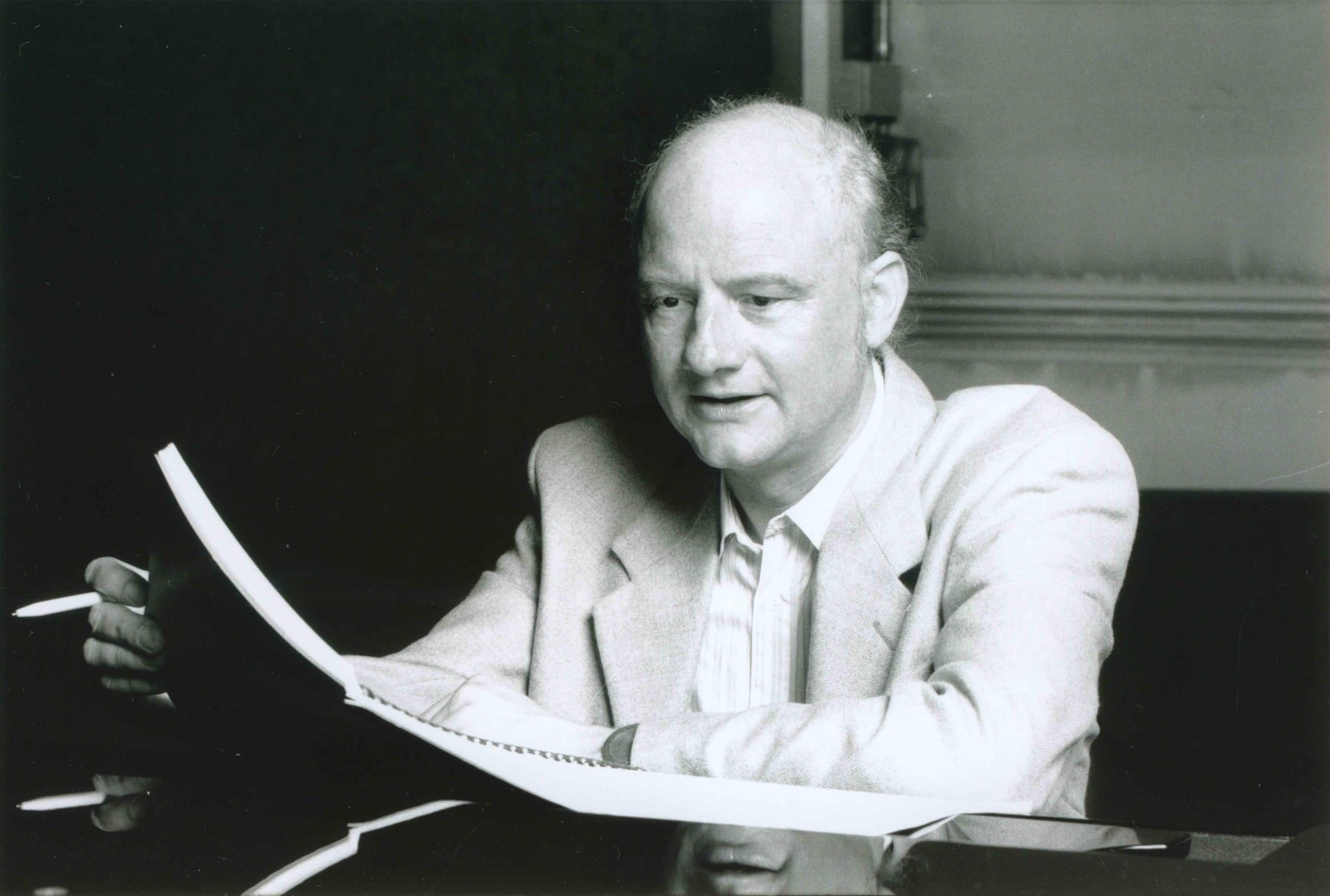
This rationality is driven by a harmonic design that is quintessentially Landinian, capable of shaping the architectural framework of his compositions like few others; it should be remembered that these works have nothing to do with experimentalism or atomizing ruptures of tonal language. The fact — as the two Sonatas under discussion exemplify — is that this rationality makes the sonic material elusive, slipperier than an eel unless one adopts a listening mode that is equally enveloping, moving from one state of microuniverse to another, ever changing and mutable, yet held firmly connected to the global macrouniverse by binding chords that remain fixed and stable throughout the Sonata, which contains no divisions into movements. In Sonata No. 1 those cohesive harmonies are represented by the use of the fourth and the fifth, tending toward an improbable goal; in Sonata No. 2 the relations built on C‑flat and D‑flat produce a genuinely hypnotic effect.
At this point there are two possible keys of interpretation and listening for these works. For Sonata No. 1 I suggest the aid of a reference drawn from the assimilative dimension of Vedanta, more precisely from the supreme principle of the “non‑dual,” since from this First Sonata Landini assails the listener by immersing them in the sphere of the “un‑finished.” In Vedanta philosophy the “un‑finished” is indicated by the term ananta (Sanskrit अनन्त), which, rooted in the dense expression of the ashram “Anadi [without beginning] Ananta [without end] Akhanda [unbroken] Satcitananda [being‑consciousness‑bliss],” helps one to grasp the dimension of the “Infinite” as a single reality and therefore “non‑dual.” Visually, the concept of Ananta is represented by the cosmic serpent that enfolds and entwines everything, drawing all things into a spiral; this extraordinary, absolute idea was studied in Kathmandu by the English Catholic priest Bede Griffiths, a Camaldolese Benedictine who at the end of his life took the name Swami Dayananda (literally “bliss of compassion”), a proponent of a syncretism between Christian monastic experience and the saṃnyāsa of Hinduism, a Sanskrit term meaning “final renunciation.”
The Ananta that nests within Landini’s Sonata No. 1 and coils its coils around it is given by its “no‑beginning” and its “no‑end,” with the opening theme returning to repeat itself (uninterruptedly) at the (?) conclusion of the piece, a purifying mantra that leads the listener to test, in the expectancy of a sonic language, what those who pursue the long and tortuous path of moksha—the “illumination”—aspire to. Naturally, and as if it needed stating, Landini does not aim to become a Swami (स्वामी), the term used in Hindu philosophy for “masters,” “those who know,” who have reached the end of that path, yet it is undeniable that the sound he relentlessly materializes in fixed and perpetuated form carries an “ethical” value, a point I have noted before and reiterate here in light of Antonietta Incardona’s remark in her essay that “Landini loves beautiful sound.” I can accept that claim only if behind that “aesthetic” presence there also lies an “ethical” essence to his music. I am firmly convinced that for the Milanese composer and philosopher sound is both instrument and end: an instrument to engage, and an end for objectives that are not merely artistic, because his music must be necessarily thought about, listened to, and thought about again; a process indispensable for apprehending it in its entirety.
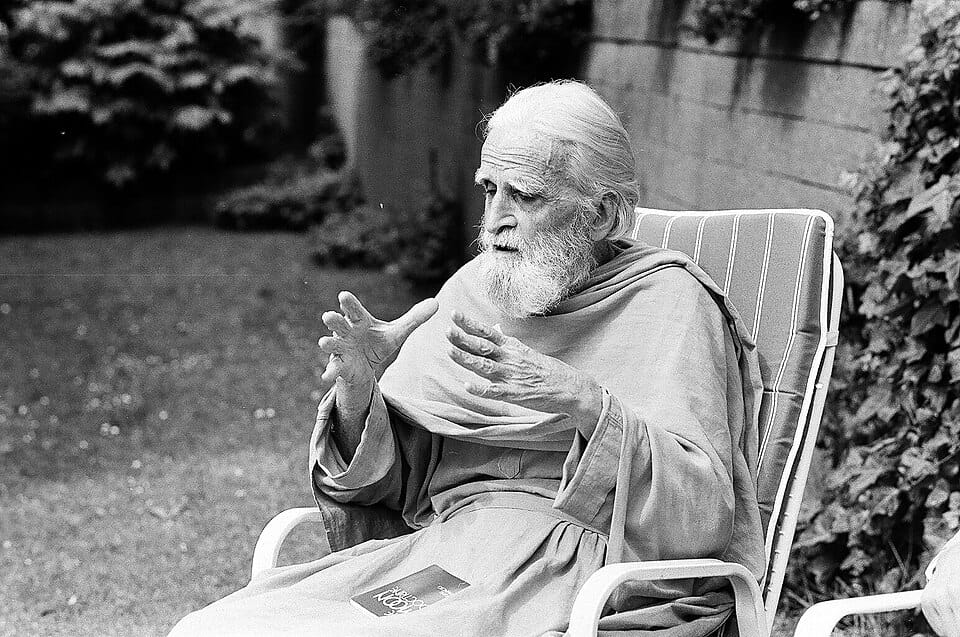
This sense of totality sharpens further in Sonata No. 2: here, as Francesco Leprino rightly observed in the Rugginenti CD notes, the beneficial, repeated obsessiveness produced by an excessive sixth offers an entry into the work that recalls the E major sonority which, from the opening pedal of Das Rheingold, suffuses the entire Wagnerian Tetralogy. Such a truly obsessive sonority, on first hearing — and useless if it remains only that — has a repulsive, even alienating impact that leads the listener to reject the Sonata’s architectural design out of hand. The Satcitananda notion evoked in Sonata No. 1 apparently morphs into a formal apparatus that does not invite a salutary, balmy consonance but rather progresses in a stuttering, distorting manner, albeit at times still enveloping. Yet this is only a “false deception,” an attempt to lure the listener down divergent paths, dead‑end tracks covered in autumnal rotted leaves; it is instead Landini himself who reaches out to the listener and guides them back to the straight path of an appropriate, real, lucid, adamantine dimension.
Only after many humble hearings does one begin to perceive, returning to the echoes of the Tetralogy, that through the radiant harmonic design injected into it this Second Sonata is in truth a moving lullaby, whose imprint takes its cue from what Wotan projects toward Brunnhilde in the titanic finale of Die Walküre. A lullaby whose primary purpose is to instill a redeeming sleep — I do not wish to get carried away, but I would like the idea of this sleep to be considered as the emergence of true human nature which, according to the Orphic tradition, reveals itself authentically only when people fall asleep, no longer victims of the wicked will of the Titans who dominate them while they are “awake” and conscious.
From these premises it becomes clear that Sonata No. 2 is a work that must be excavated in listening and in performance alike: a grinding of teeth that radiates into a salvific caress, an unmoving storm, a rounded violence that leads to a summit (and detonates at the exact centre of its unfolding) and that mimics the ascent of Strauss’s Alpensinfonie at the moment of the fatal thunderstorm that strikes the mountaineer — a purifying act capable of cleansing, of wiping away, a cancelling element that is therefore positive in its dissolving function.
This is why the motto of the Sonata could be Wotan’s exclamation as he draws a line of fire with the tip of his spear to guard the tomb where Brunnhilde sleeps eternally to atone for her guilt: “Whoever fears the point of my spear, never cross the fire!” The timbral wall Landini detonates at the heart of this composition intends to be “fire,” a line that separates those who wish to be purified from those who presumptuously imagine themselves new Prometheuses, doomed to offer up the liver of their non‑listening.
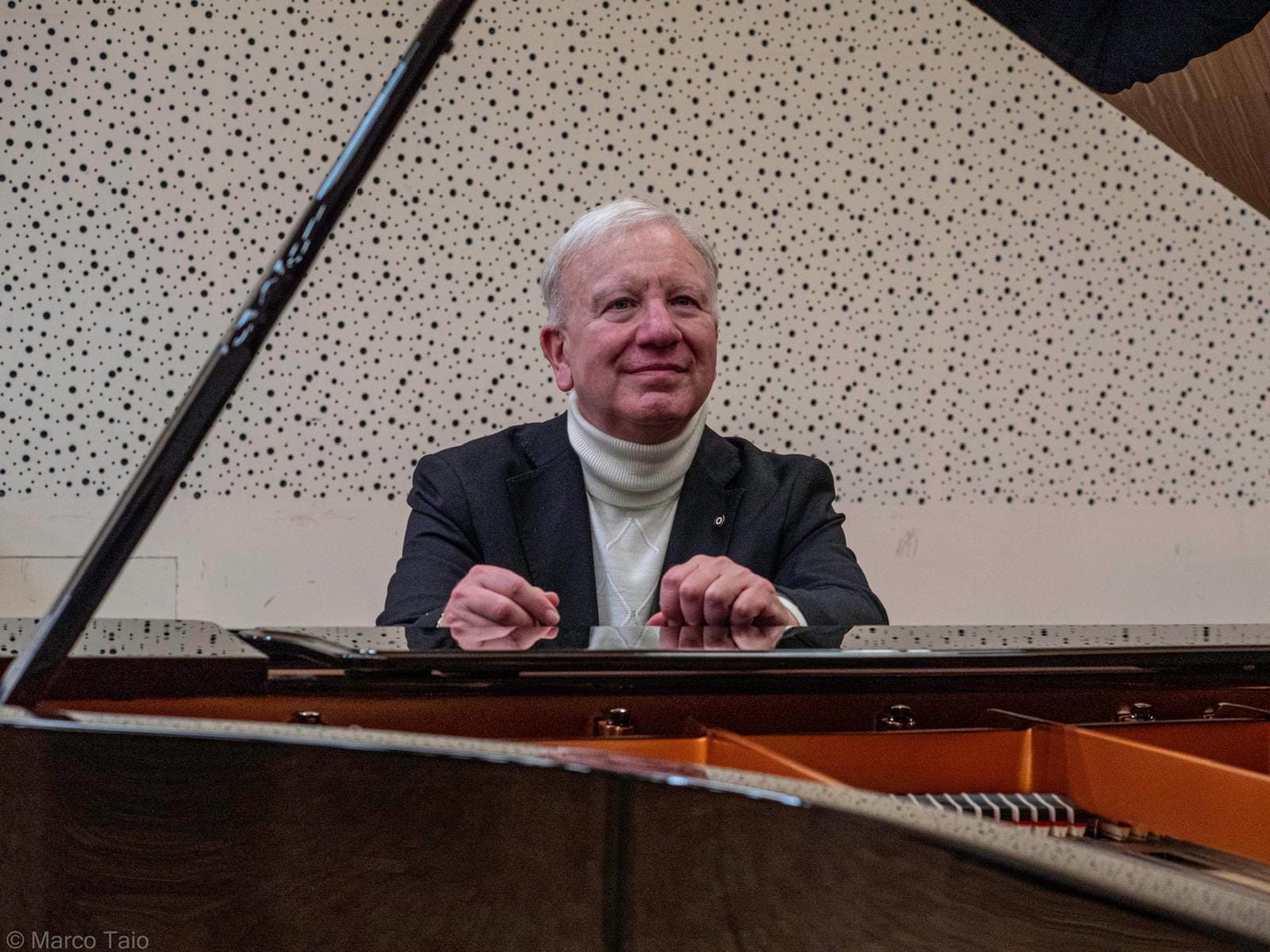
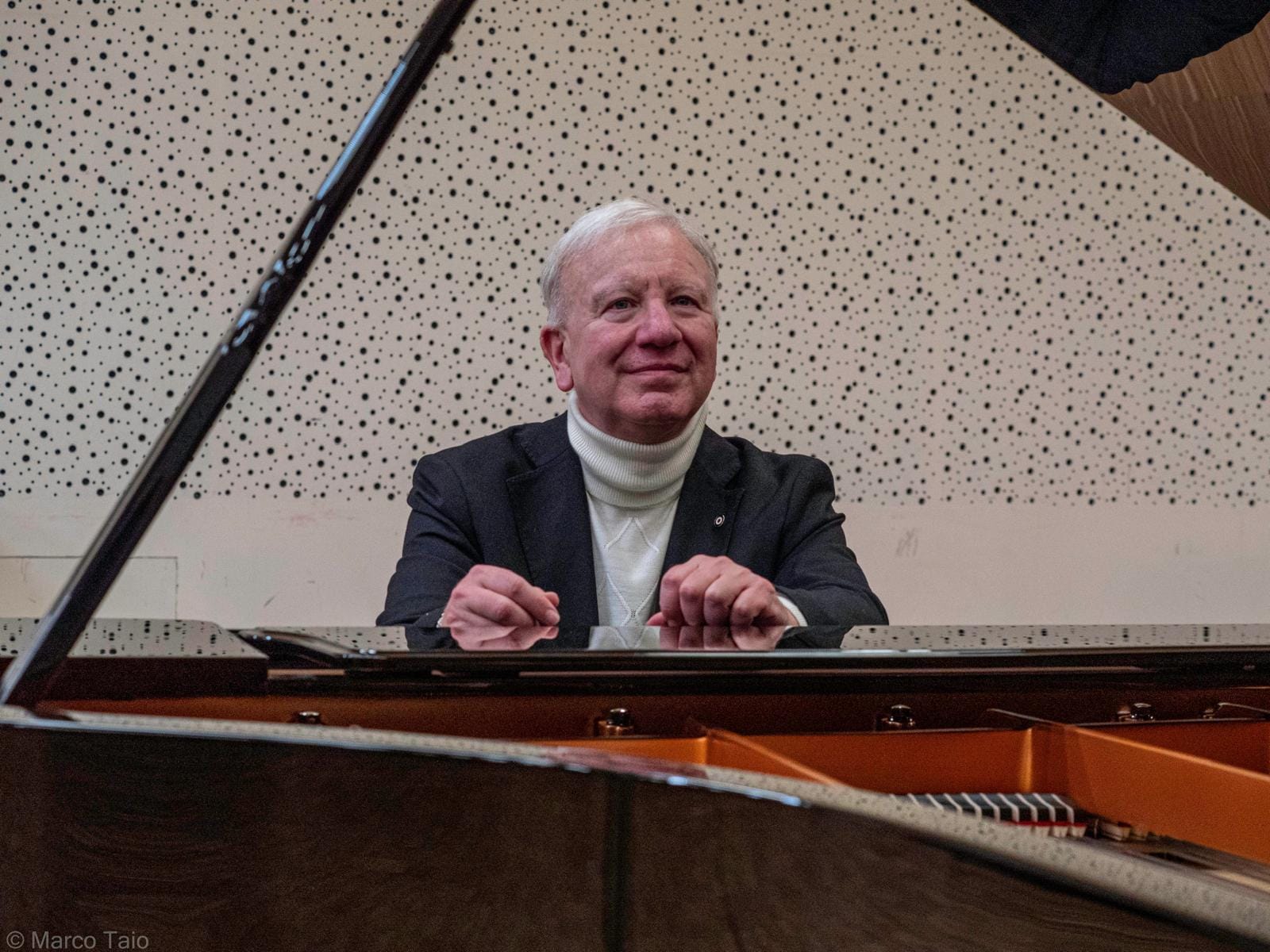
On re‑listening to Carlo Levi Minzi’s readings of these two Sonatas, I can only reaffirm that any pianist who accepts the challenge of tackling the Milanese composer’s sonata corpus must be a daring visionary, destined either for triumph or for collapse. Fortunately for us, what the Milanese pianist achieves on these two recordings belongs to the former category, because he succeeds in a twofold feat. In Sonata No. 1 he is able to withstand the pressure imposed by disciplining the hypnotic structure of the entire design through a masterful timbral‑and‑rhythmic blend; in Sonata No. 2 he truly transforms the keyboard into Wotan’s magic spear, mastering the terrible harmonic excursions that detonate the sonic material. Exactly forty‑four and twenty‑eight years respectively have passed since those performances, yet they have not lost an ounce of their effectiveness or beauty.
The same cannot be said for the quality of the sound capture made by Jacques Leblond (1981) and Carlo Tedeschi (1987), since they suffer—especially the former—from a technique that had not yet been fully refined. Leblond’s recording, for example, displays a “metallic” timbre affecting the upper register, a quite common issue at the time; Tedeschi’s capture is rather flat in terms of the sonic stage, and the instrument’s contouring in the detail is noticeably approximate. Furthermore, in Sonata No. 2 the very long passage where dynamics are pushed to ff and fff suffers tonal imbalance because of an annoying blend between the upper register and the mid‑low register. But I repeat, these are two recordings reissued by the label as they were, apparently without any “cleaning” or improvement to the original sound capture.
Andrea Bedetti
Carlo Alessandro Landini – Sonate per pianoforte n. 1 e n. 2
Carlo Levi Minzi (piano)
2 CD Tactus TB 951290
Artistic rating 4,5/5
Technical rating 3/5
